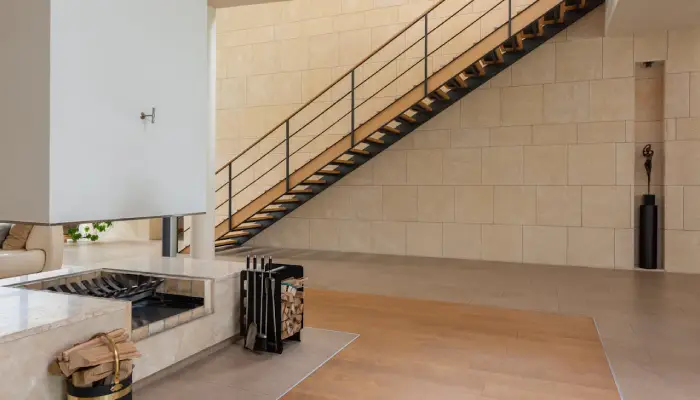Timber architecture is more than just a trend that is gaining popularity very quickly. In fact, the construction industry is now the largest buyer of timber products. It is worth noting that such products have been used around for thousands of years. With each passing day, an increasing number of developers, architects, and educational institutions prefer wood because timber can be the ideal replacement for other construction materials in many structures while still offering the same functionality.
There are a variety of reasons behind the surge in popularity of wood. It can be handled and transported much more easily, it is easier to work with, it performs well during natural disasters like earthquakes, and it is cheaper than most other materials. Here is why it is a great idea to use timber in architectural design.
1. It is Eco-Friendly
Choosing timber is a perfect way to help deal with climate change and become more eco-friendly. It is considered that Australia’s timber plantations, native forests, and wood products are the absorbers of greenhouse gases. The utilisation of recycled timber provides plenty of benefits, and the construction community is starting to learn, encourage, promote, and reward its usage. Timber also works excellently as an alternative to aluminium and cement. It requires way less energy. When it comes to thermal performance, naturally insulating materials like timber will create a sort of natural barrier to cold and heat, a design perfect for minimising energy use. So, using this material for construction is ideal. Just remember to hire the best timber framing specialists in Western Australia.
2. Promotes Healthier Living
Timber is not only beneficial for the environment but also great for humans since it permits you to create a space that promotes well-being. It also leads to enhanced air quality. Architects will be able to link nature and biophilic considerations for the comfort of individuals living or working under such designs.
Many studies also suggest that timber-built spaces provide several psychological and physiological benefits, like lower stress levels and improved emotional states. It becomes even better if the incorporated timber is used for nearly half of the surface area and natural grain, pattern, and knots are completely visible. This results in a strong biophilic response, particularly when natural timber is integrated into spaces through walls, ceilings and much smaller elements such as railings and doors.
3. Natural Aesthetics
Aesthetics holds supreme importance in construction, substantially improving the surroundings of a building and having a positive effect on the well-being of individuals. Houses and buildings designed focusing on visual appeal are more likely to capture the attention of more people and promote a sense of community. The use of colour, shape and texture makes it easier to stand out. There are few materials better for this purpose than timber. It offers a unique and warm aesthetic which is tough to replicate with some other materials. Every single of timber has its own different pattern and hue, guaranteeing that no two pieces are quite similar, adding an authenticity element to the building. People who are able to maintain timber will have a great-looking house for years.
Wrapping Up
Natural timber is more than just a building material. It is perfect for promoting sustainable living, having an innovative design, and promoting well-being. The points mentioned in this article just highlight why it is a great idea to use timber in architectural design.

